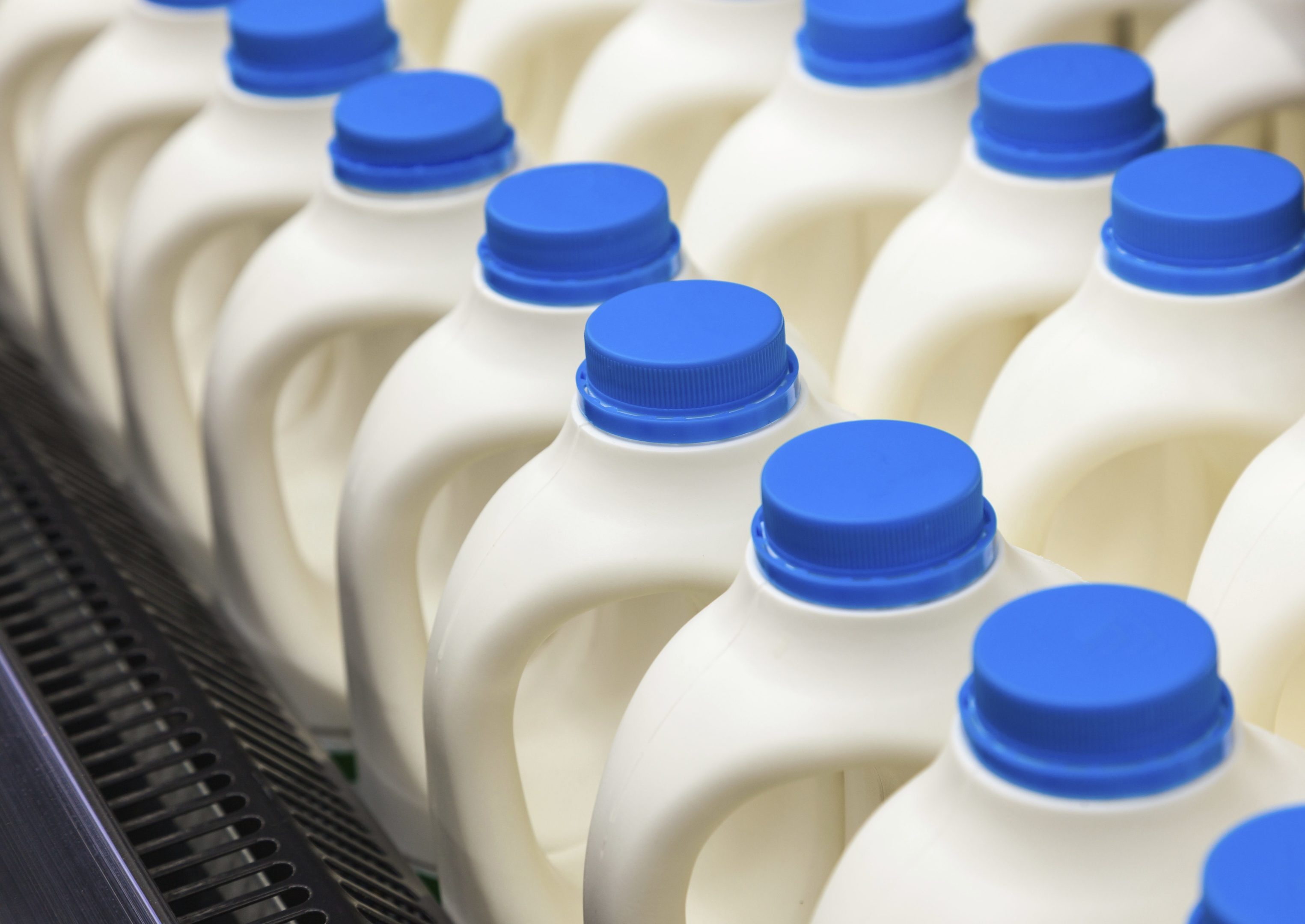The Secret Of Matte Plastıcs
How often do you consider the types of plastics in your daily life? One of the materials we all often use is plastic. Some types are transparent. For example, most water bottles, phone cases, bottles of cleaning products and trash cans are completely transparent.
But what makes some plastics matte? Matte materials stand out with their opaque properties. These transparent types allow all or part of the light to pass through. Some plastics are matte due to their chemical structure. Others that are typically transparent can be modified to achieve a matte finish using an opacifier.
A common opacifier is titanium dioxide, a known ingredient in everyday products, from sunscreens and cosmetics to dyes and pharmaceutical tablets. Titanium dioxide in its purest form is a fine powder which is a bright white pigment. Titanium dioxide has excellent light scattering properties and, when incorporated into plastics, can reduce brittleness, fading and cracking that may occur when certain materials are exposed to light. In other words, it strengthens.
The opacifier on its own doesn’t look that complicated. But when you start thinking about why some products are dull, things become more interesting. In some cases, a matte plastic container may protect the contents from damage such as exposure to light. For example, some businesses are moving towards using matte materials in bottling in dairies. Exposure to light can cause milk to deteriorate. In a study at Cornell University, researchers discovered that even fluorescent light in a typical grocery storefront could break vitamins A and B2 and affect the taste of milk.
Matte plastics are used not only to protect products, but also to protect consumers. When Procter & Gamble started producing Tide Pods (dishwashing detergent capsules) for the first time, they sold them in a transparent container. However, when reports began to reveal that children were poisoned after mixing detergent capsules, the packaging was redesigned. The available matt orange containers are among the safety measures taken to prevent children from mistakenly eating them.
In fact, the importance of transparency and opacity depends on the desired application. Coca-Cola Company wants you to see inside the bottles. They want this sweet, brown sugar drink to attract you. Restaurants carrying a clean plastic box want you to open your fridge the next day and remember the delicious leftovers you brought home. Covering antique vehicles with a matt plastic cover, some people want to protect their cars not only from wind and rain, but also from the ultraviolet rays of the sun.
The next time you buy a plastic container, consider all the effects of that plastic. As you begin to explore the world beyond the surface, our sense of curiosity arises. This sense of wonder and deep thought is what makes science so interesting and invites us to the secret rooms of the polymer world.



